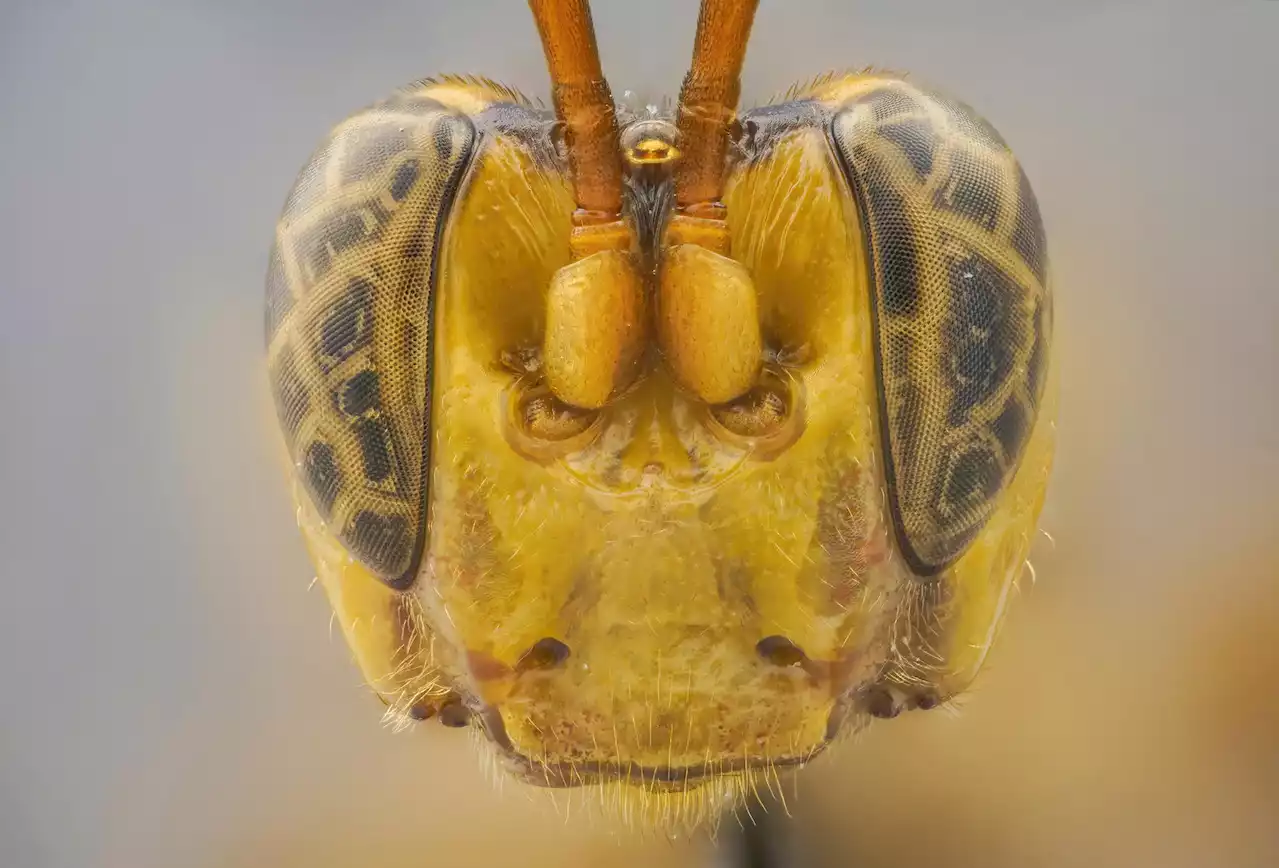The Allpahuayo-Mishana National Reserve in Peru is frequently hailed as the world's most biodiverse rainforest. This reputation is bolstered by the discovery of multiple new bird species in the area in recent years. For over two decades, scientists from the University of Turku in Finland have been r
is a large parasitoid wasp species that has only been discovered in the Allpahuyao-Mishana National Reserve in the Peruvian Amazon. Here, the wasp is photographed from the front. Credit: Kari Kaunisto
The Allpahuayo-Mishana National Reserve in Peru is frequently hailed as the world’s most biodiverse rainforest. This reputation is bolstered by the discovery of multiple new birdin the area in recent years. For over two decades, scientists from the University of Turku in Finland have been researching insect biodiversity in Allpahuayo-Mishana. Their latest study has contributed further to this rich tapestry of life, with the description of a new wasp genus, Capitojoppa, to science.
“Gentry wanted to discover how many tree species can grow in 2.5 acres of the Amazon rainforest. In his study, he discovered nearly 300 tree species in that one 2.5-acre research patch. We have studied the insect biodiversity in the same research areas since 1998 and report some of the highest numbers of insect species in the world from this region. We also foundnear the same research hectare used by Gentry,” says Professor of Biodiversity Research Ilari E.
Species unknown to science are described in research journals. Their names often describe the species’ characteristics or range.tells scientists a great deal about the characteristics of the newly discovered wasp genus. The wasps of the genus have a large head, which is reflected in thefound in South America, which have a large and strong beak. The joppa part of the name refers to the wasp genus
United States Latest News, United States Headlines
Similar News:You can also read news stories similar to this one that we have collected from other news sources.
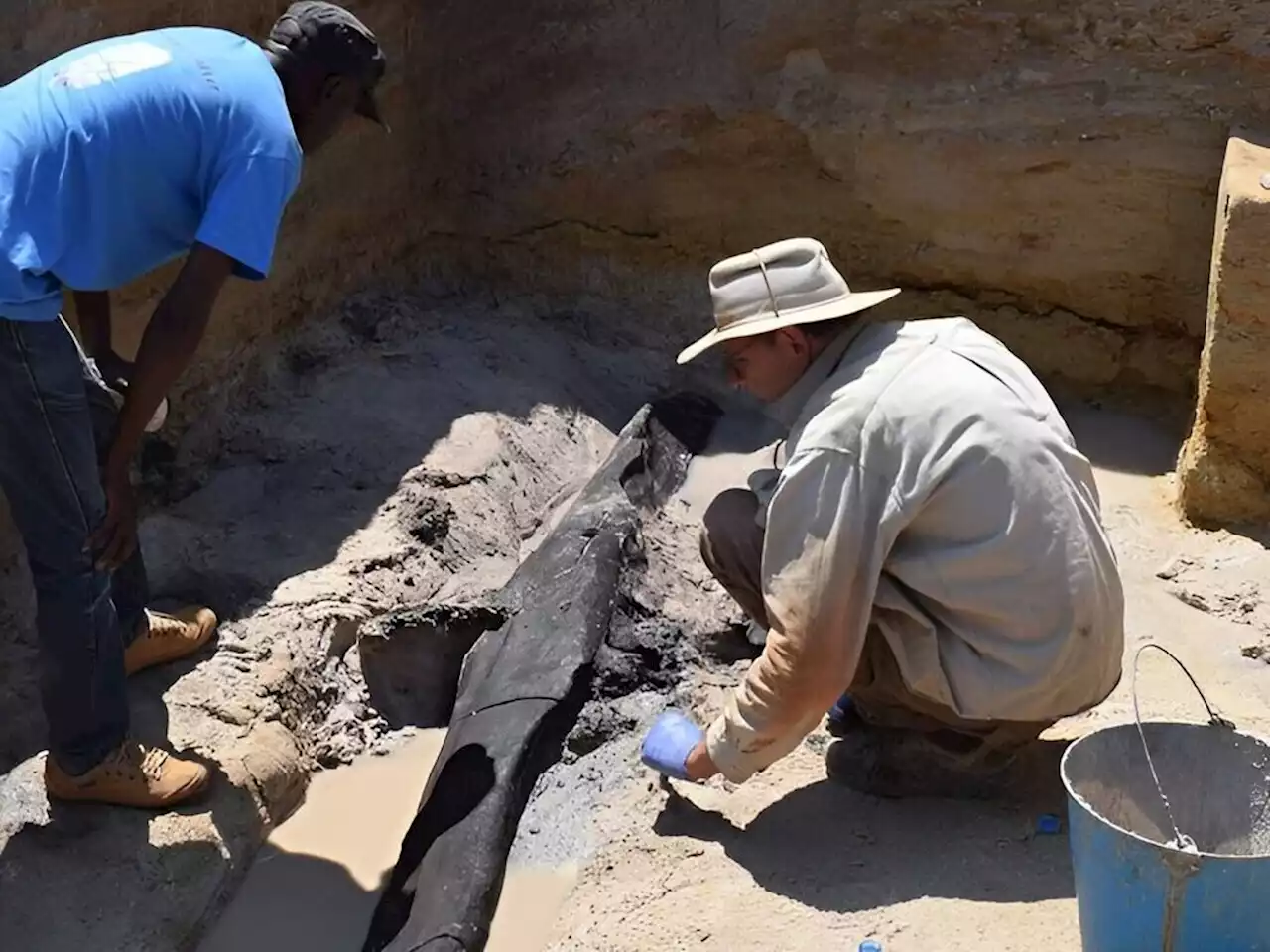 Scientists discover half-a-million-year-old wooden structureHalf\u002Dmillion\u002Dyear\u002Dold notched piece of wood would not look out of place in a log cabin, and predates even the arrival of homo sapiens
Scientists discover half-a-million-year-old wooden structureHalf\u002Dmillion\u002Dyear\u002Dold notched piece of wood would not look out of place in a log cabin, and predates even the arrival of homo sapiens
Read more »
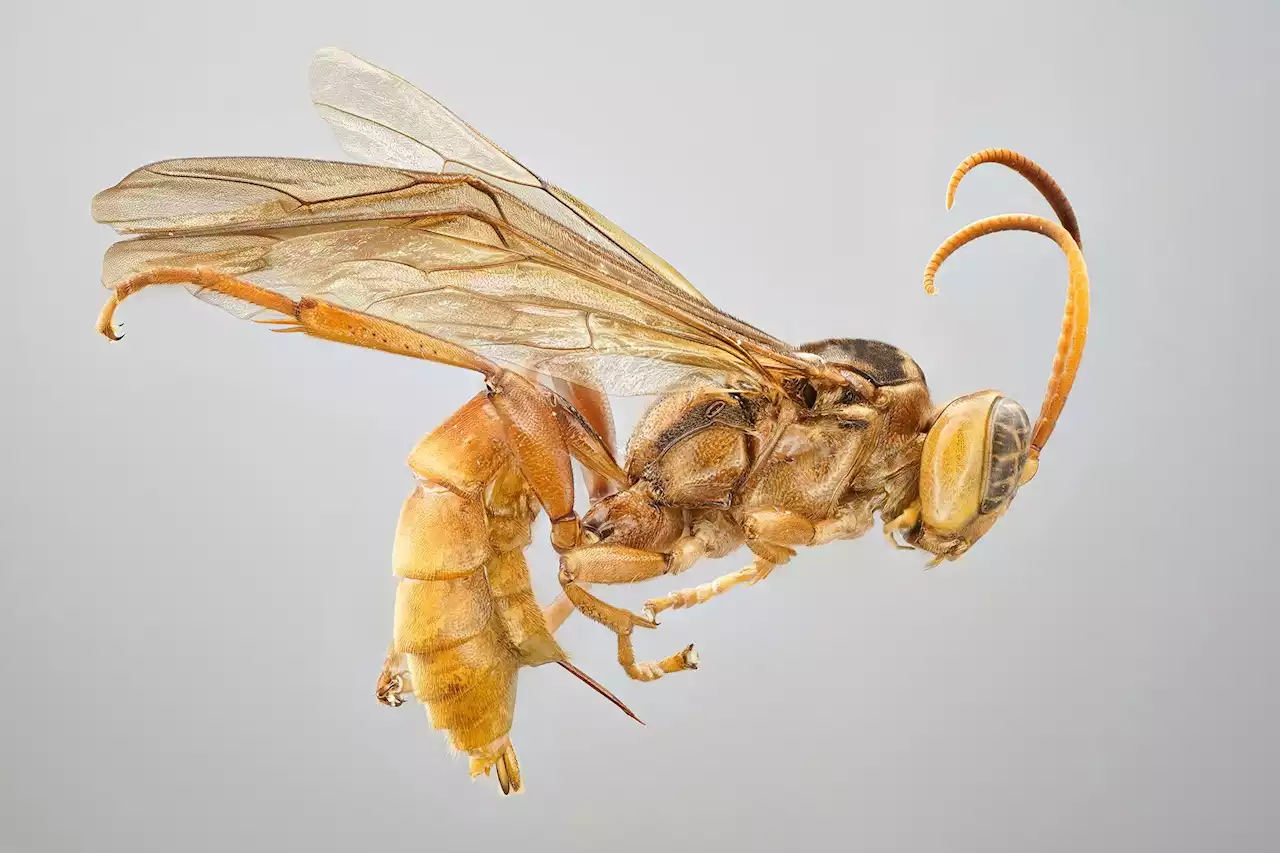 New insect genus discovered in one of the most biodiverse rain forest regions in the worldThe Allpahuayo-Mishana National Reserve in Peru has often been described as the most biodiverse rainforest in the world. For example, in recent decades, scientist have discovered several new bird species from the region. Researchers at the University of Turku in Finland have studied the insect biodiversity in Allpahuayo-Mishana for over 20 years.
New insect genus discovered in one of the most biodiverse rain forest regions in the worldThe Allpahuayo-Mishana National Reserve in Peru has often been described as the most biodiverse rainforest in the world. For example, in recent decades, scientist have discovered several new bird species from the region. Researchers at the University of Turku in Finland have studied the insect biodiversity in Allpahuayo-Mishana for over 20 years.
Read more »
 Don’t bug out, but there’s a new invasive insect threatening OhioMove over, spotted lanternfly. There’s a new invasive bug threatening Ohio’s horticulture industry. The box moth has been spotted in the Cincinnati and Dayton areas.
Don’t bug out, but there’s a new invasive insect threatening OhioMove over, spotted lanternfly. There’s a new invasive bug threatening Ohio’s horticulture industry. The box moth has been spotted in the Cincinnati and Dayton areas.
Read more »
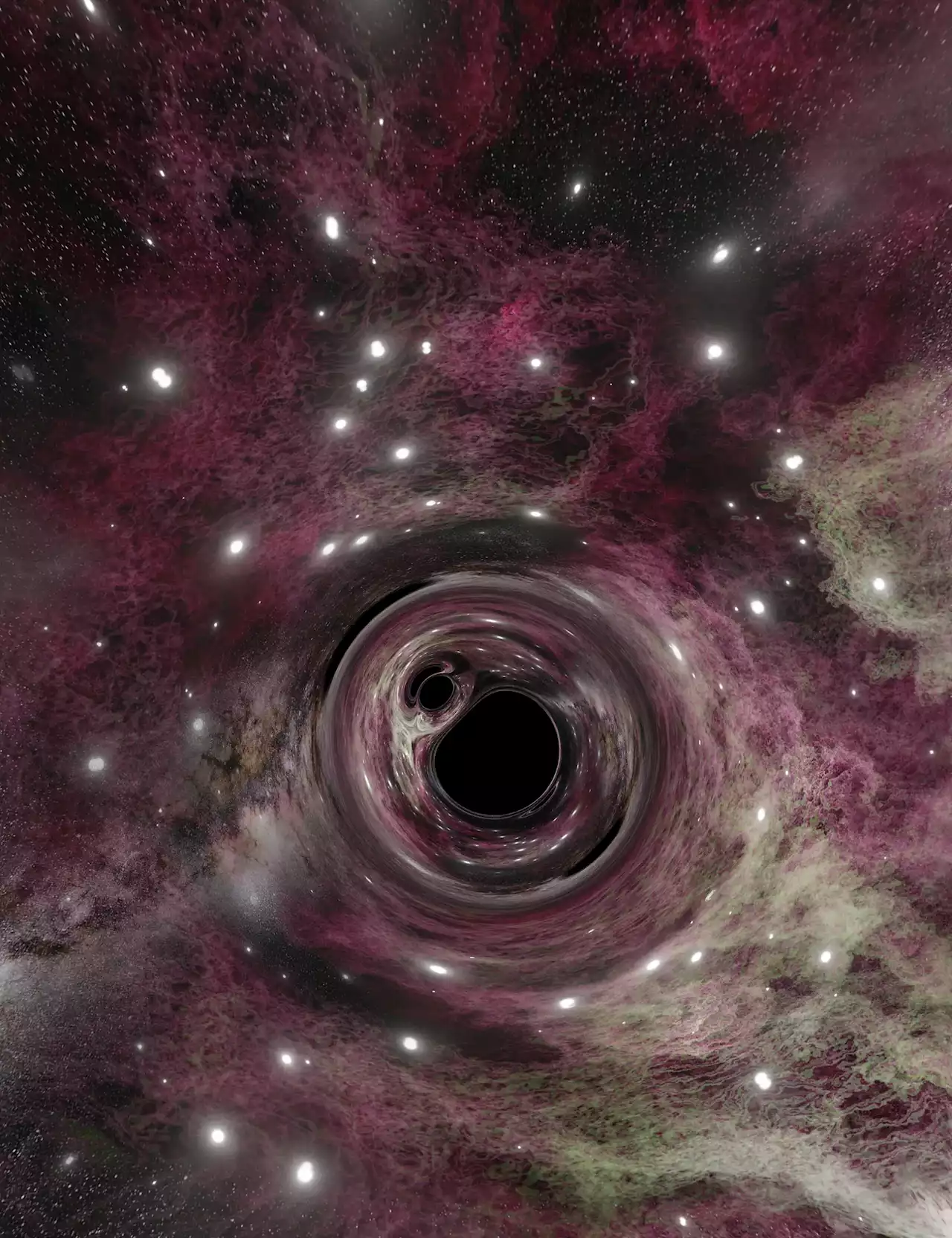 Challenging Previous Theories – Scientists Shed New Light on the Enigmatic Nature of Black HolesUtilizing sophisticated simulation technology, researchers from UNIGE, Northwestern University, and the University of Florida have shed light on the enigmatic nature of these celestial 'beasts.' Black holes, among the universe's most mesmerizing phenomena, have a gravitational force so intense that
Challenging Previous Theories – Scientists Shed New Light on the Enigmatic Nature of Black HolesUtilizing sophisticated simulation technology, researchers from UNIGE, Northwestern University, and the University of Florida have shed light on the enigmatic nature of these celestial 'beasts.' Black holes, among the universe's most mesmerizing phenomena, have a gravitational force so intense that
Read more »
 Weather conditions explain the decline and rise of insect biomass over 34 yearsInsects react sensitively when temperature and precipitation deviate from the long-term average. In an unusually dry and warm winter, their survival probabilities are reduced; in a wet and cold spring, hatching success is impaired. A cool, wet summer hampers bumblebees and other flying insects to reproduce and forage.
Weather conditions explain the decline and rise of insect biomass over 34 yearsInsects react sensitively when temperature and precipitation deviate from the long-term average. In an unusually dry and warm winter, their survival probabilities are reduced; in a wet and cold spring, hatching success is impaired. A cool, wet summer hampers bumblebees and other flying insects to reproduce and forage.
Read more »
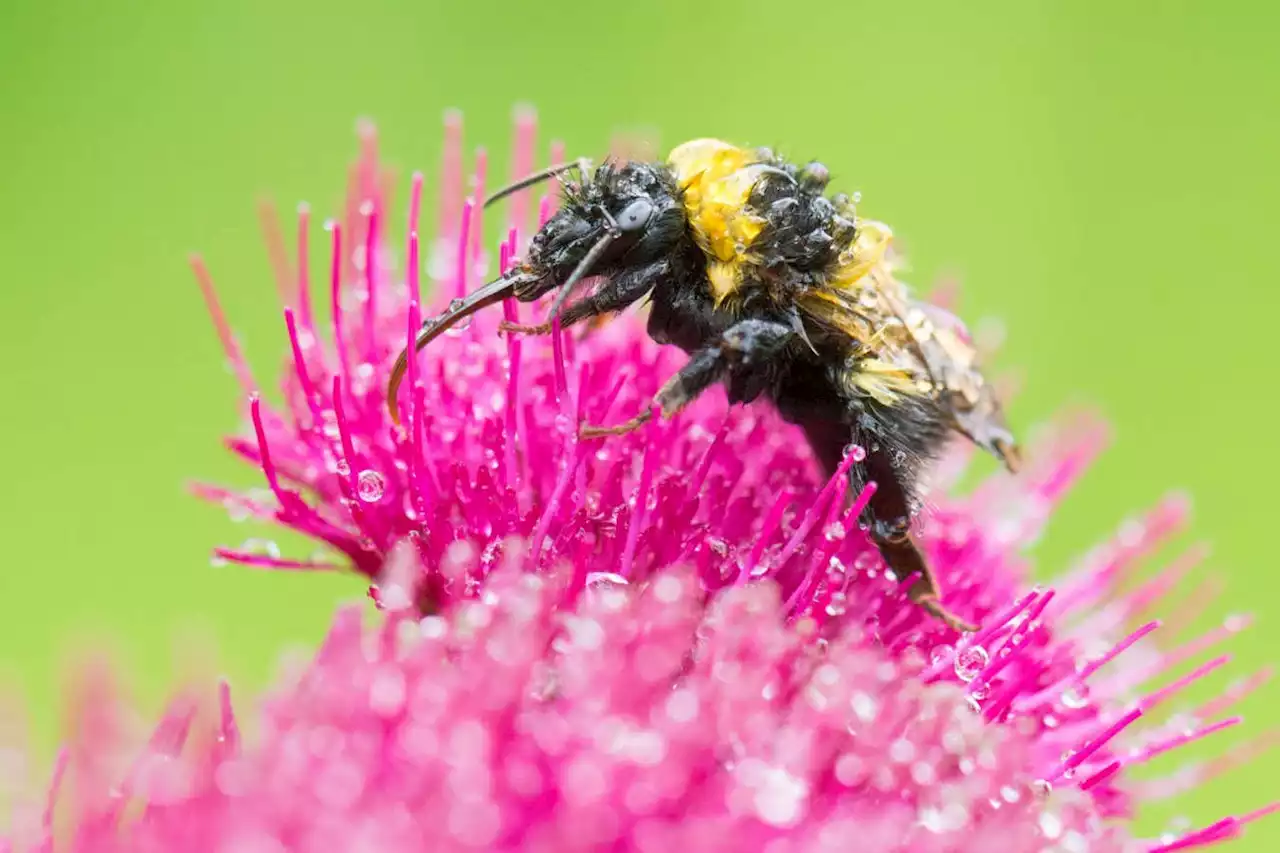 Europe’s ‘insect apocalypse’ may mostly be driven by changing weatherResearchers have struggled to explain the precipitous decline in central Europe’s insect populations since the 1980s, but a new model suggests weather is to blame
Europe’s ‘insect apocalypse’ may mostly be driven by changing weatherResearchers have struggled to explain the precipitous decline in central Europe’s insect populations since the 1980s, but a new model suggests weather is to blame
Read more »
